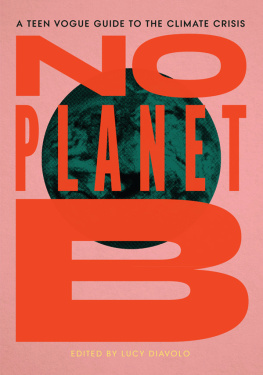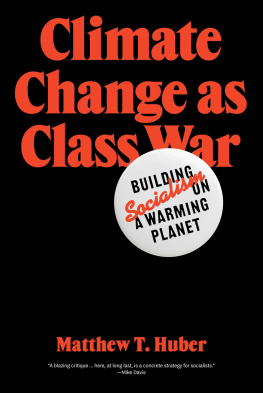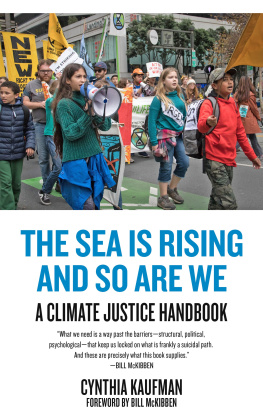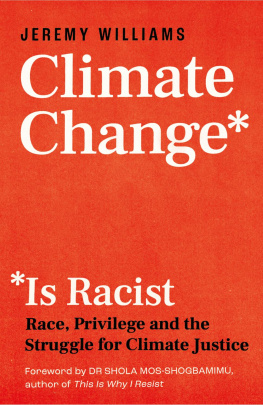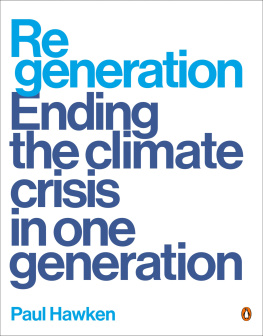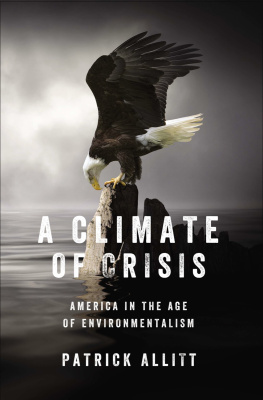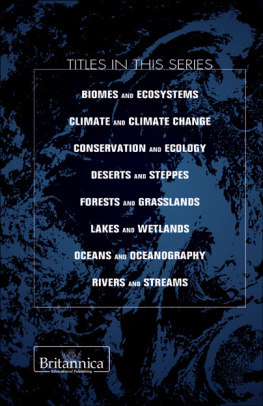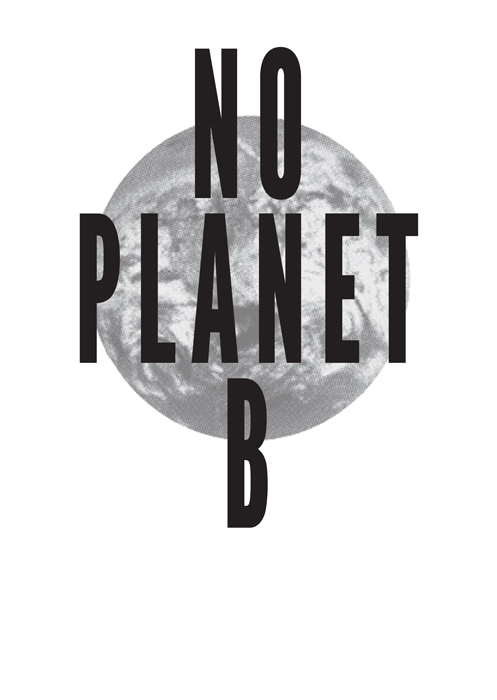
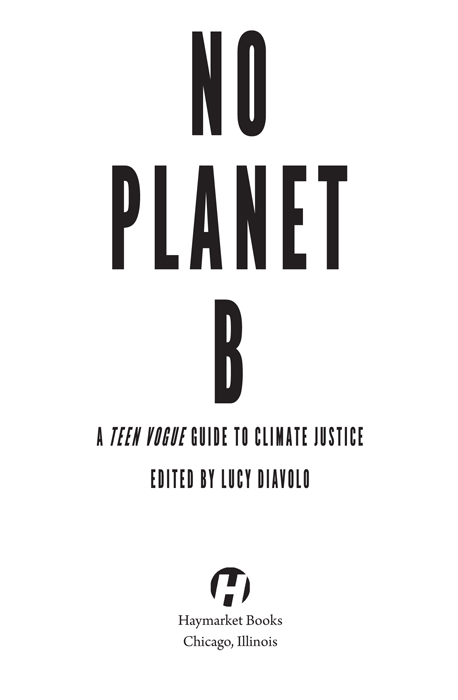
2021 Lucy Diavolo
Published in 2021 by
Haymarket Books
P.O. Box 180165
Chicago, IL 60618
773-583-7884
www.haymarketbooks.org
ISBN: 978-1-64259-379-2
Distributed to the trade in the US through Consortium Book Sales and Distribution (www.cbsd.com) and internationally through Ingram Publisher Services International (www.ingramcontent.com).
This book was published with the generous support of Lannan Foundation and Wallace Action Fund.
Special discounts are available for bulk purchases by organizations and institutions. Please email for more information.
Cover design by Liz Coulbourn.
Library of Congress Cataloging-in-Publication data is available.

PUBLISHERS NOTE
For the most part, the voices included in this collection come from activists and artists ages ten to twenty-five. The ages of the people noted in individual chapters and the facts reported are accurate as of the time of publication. Sources of quoted material can be found online.
FOREWORD
LINDSAY PEOPLES WAGNER
May 2020
When I started at Teen Vogue as an intern at the age of 17, there was almost no mention of climate change and sustainability in any print or online issues. But when I came back as editor in chief a decade later in 2018, it was clear that climate change was an urgent issue that required thorough coverage, especially for our young, engaged readers.
A common misconception I often hear when older people talk about young peoples passion for making change is that theyre naive and alarmist or that climate activism is over-the-top and distracting. What those older people fail to realize is that for young people, its tough to consider what their future looks like if the future of the planet is uncertain. If we destroy our planet, we have nowhere else to go. There is no Planet B.
The evidence of climate change is now too copious for even the biggest skeptics to deny with any credibility. We have compelling depictions of how our planet would deteriorate if sea levels continue to rise. Weve already seen devastating increases in unpredictable weather patterns like droughts, which in turn create situations like famine. And all the while, ecosystems and species are still depleting rapidly. Simply put, as the planet gets hotter and we stand idly by, we are designing our destiny of fatality.
Too often, it takes things getting worse for things to get better. And too often, our broader culture can only see how bad things are getting through a white gaze. Back in 2016, when Mari Copeny was only twelve years old, she became an activist on behalf of Flint, Michigan, because of the discolored and undrinkable water, an environmental health crisis created by the citys power brokers. Thousands of children were exposed to lead and at risk for developing severe long-term health issues. And that same year, Native American youth stood tall against the Dakota Access Pipeline that would endanger sacred sites and water supplies.
More recently, voices like Greta Thunberg, Jamie Margolin, Xiye Batista, and more have spoken truth to power and demanded justice for the climate. It wasnt until this recent surge of activism in 2019after weekly school strikes, student-led global days of action demanding action and accountability, and the largest gathering of youth protestors in historythat the world collectively started to take the issue seriously. In the process, they helped reframe the publics understanding of the environment as a justice issue. Climate activist Elsa Mengistu said it best: If we dont work on climate justice, then we cant work on any kind of justice. Protecting the planet is also about protecting the people on it.
The time for action is now. Young people have shown theyre ready to lead the fight against climate change. Even as they do the necessary grassroots work in every corner of our planet, they continue to insist on global action.
To have an equal society and livable planet for all people, we desperately need to understand how climate destruction impacts people from all walks of life. I hope that this book embodies Teen Vogues motto of making young people feel seen and heard all over the world. I hope that it forces their parents, communities, loved ones, friends, andmost importantlythose in power to see that the health of our planet depends on how quickly and drastically we change our behaviors. I hope it forces them all to respond.
Young people are no longer the future, asking for permission to make changes when its their turn. Young people are the right now; they are the present actively changing our future for the better on their own.
INTRODUCTION
How Climate Justice Became a Pillar of Intersectional Youth Activism
LUCY DIAVOLO
May 2020
My first day on the job as a political news editor at Teen Vogue was February 20, 2018six days after a shooting at Marjory Stoneman Douglas High School in Parkland, Florida, shocked the world. It was an intense time to begin covering politics for a teenage audience, full of heartbreaking stories and gut-wrenching details that were part of a larger, horrible picture about the nature of gun violence in this country.
Through the ensuing weeks and months of coverage of an issue that has stalked entire generations now, what kept me moored amid the churning seas of official inaction and policy debate was the rock-solid anchor provided by youth activists from Marjory Stoneman and the young people in communities all across the country they partnered with to expand the publics understanding of gun violence. It was a trial by fire for me but was emblematic of how youth activism and organizing has always been the lifeblood of Teen Vogues political coverage.
By the time the Parkland anniversary rolled around in 2019, our political conversation had shifted. Activists trying to prevent gun violence were still hard at work, but the medias focus had largely turned to a presidential election getting underway and the continued broadcasts of the narcissistic bluster coming out of the White House. At Teen Vogue, as we continued our mission of documenting youth activism, that still meant publishing stories about gun violence, but it also meant the chance to cover other kinds of activism more in-depth.
The climate crisis had always been a key plank in our coverage thanks to Alli Maloney, Teen Vogues first-ever digital politics editor. This was evident in the December 2018 editorial package, Plastic Planet, which covered the myriad ways plastic is destroying the world and much of which is included in this book. Thanks to Allis work, the climate was already a priority for us by the time we covered Greta Thunberg for the first time ever that same month, December 2018.
Little did I know then that when I asked one of my most reliable newswriters, Emily Bloch, to cover a fiery speech at a United Nations climate change summit, the young woman who schooled world leaders would become the focal point of a resurgent climate justice movement and that Id get to interview her for a special issue cover story.
Luckily for all of us, the movement is much bigger than Greta. Alongside senior politics editor Allegra Kirkland, executive editor Samhita Mukhopadhyay, and editor in chief Lindsay Peoples Wagner (who made our cover shoot with Greta happen on a wing and a prayer), Ive watched as youth-led organizations completely reset the urgency and often the stakes of our conversations about the climate crisis.
Next page
